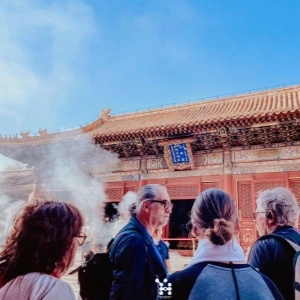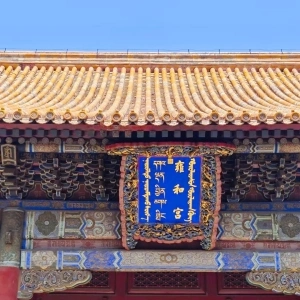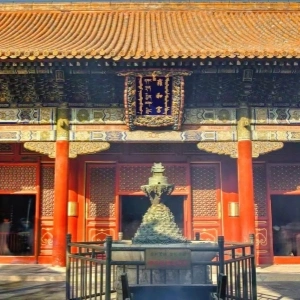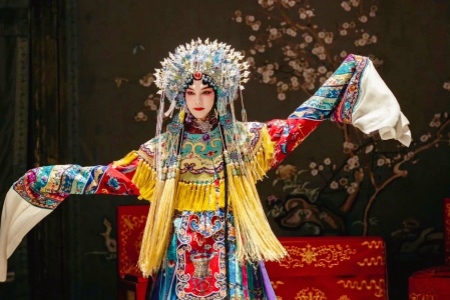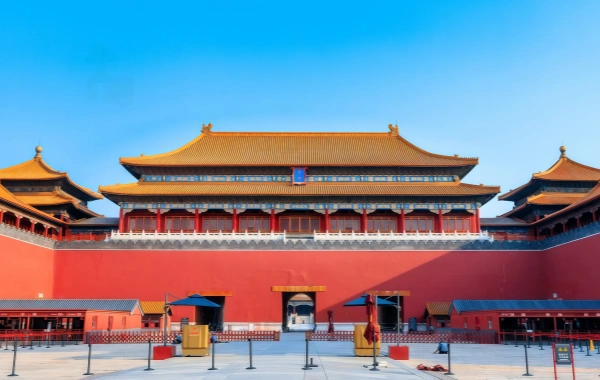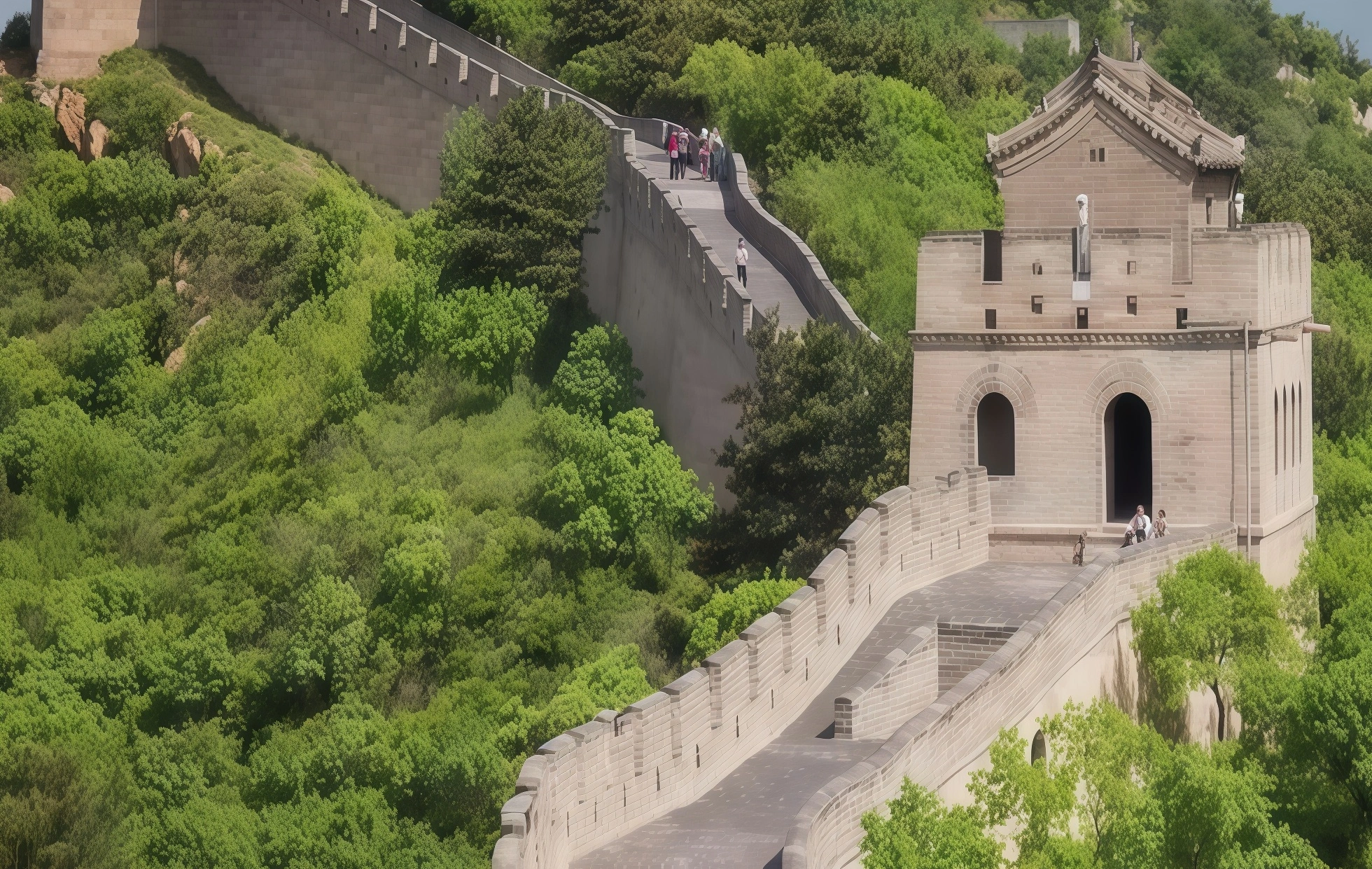Dunhuang, located in the far northwest of China in Gansu Province, is a city rich in history, culture, and natural beauty. Situated at the edge of the Gobi Desert, it served as a key stop on the ancient Silk Road, linking China with Central Asia, the Middle East, and beyond. The city’s strategic location has made it a melting pot of cultures, and this fusion is reflected in its art, architecture, and cuisine.
The crown jewel of Dunhuang is the Mogao Caves, also known as the Caves of the Thousand Buddhas. These 492 caves, carved into the cliffs along the Dunhuang River over 1,600 years ago, are home to one of the world’s largest and most well-preserved collections of Buddhist art. The murals, statues, and scriptures within the caves showcase a rich blend of Chinese, Buddhist, and Central Asian influences, making the site a UNESCO World Heritage site and a must-visit for art lovers and history enthusiasts alike.
Beyond the Mogao Caves, Dunhuang offers stunning natural landscapes. The Mingsha Mountain and Crescent Spring, located just outside the city, create a mesmerizing contrast of golden sand dunes and lush greenery. Visitors can enjoy camel rides, hiking, or simply relax by the serene waters of the spring, making it a perfect spot for adventure and tranquility.
Dunhuang also boasts the Dunhuang Museum, where you can explore relics from the Silk Road, as well as local traditions, textiles, and artifacts. For a taste of the region’s culture, visitors can sample delicious local dishes like Dunhuang hotpot and yangrou chuan (lamb skewers) at local markets.
With its unparalleled blend of history, art, and natural beauty, Dunhuang is a captivating destination that offers a unique window into China’s past and present.
If you have any questions or would like to customize your trip, please contact us! Popular Tour Packages in Gansu:
Related Posts
Create Your Customized Trip
Take about 2 minutes to fill the form to tell us how you like to travel, and get a reply within 1 working day.




